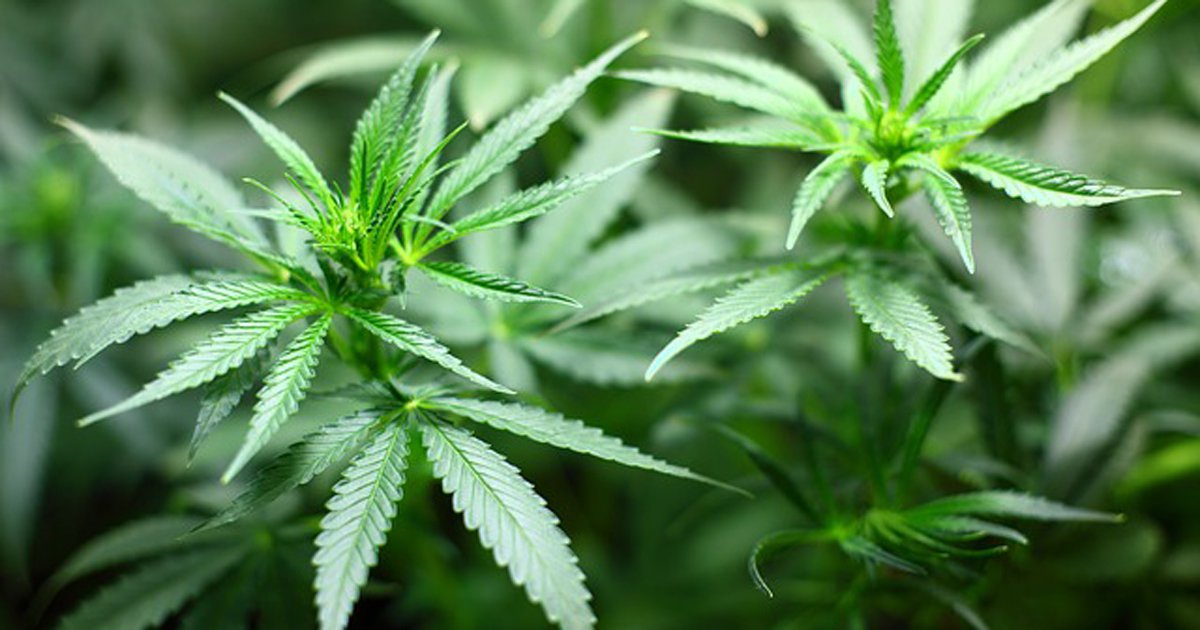[[{“value”:”
Key takeaways:
Marijuana and edible THC users showed signs of endothelial dysfunction vs. matched nonusers.
Use of these substances may increase risk for early development of CVD.
Marijuana and THC edibles were both linked to changes in vascular endothelial function associated with early development of CVD, according to study findings published in JAMA Cardiology.
“It’s been known for many years that chronic tobacco smokers have poor vascular endothelial function, even if they have not smoked recently, and so do nonsmokers who are frequently exposed to secondhand smoke,” Matthew L. Springer, PhD, professor of medicine in the division of cardiology at the University of California, San Francisco, told Healio. “I was intrigued by the realization — at an outdoor Paul McCartney concert surrounded by secondhand marijuana smoke — that many people who would presumably avoid secondhand smoke did not mind it if it came from cannabis because both kinds of smoke include thousands of chemicals that result from burning plant material.
Marijuana and edible THC users showed signs of endothelial dysfunction vs. matched nonusers. Image: Adobe Stock
Matthew L. Springer
“This all led to the question of whether the endothelial dysfunction observed in human tobacco smokers would also be detected in human marijuana smokers, and whether secondhand smoke from marijuana should be avoided like secondhand smoke from tobacco. We haven’t answered the secondhand smoke question yet, but our current study shows clearly that chronic cannabis smokers have endothelial dysfunction comparable to that of chronic tobacco smokers. We added the group of edible THC users as a control, and observed that they also clearly had impaired flow-mediated dilation (FMD). However, we think that THC and marijuana smoke are working through different mechanisms because we know that THC is not required for smoke to impair FMD,” Springer said. “Furthermore, commercially purchased vascular endothelial cells release less nitric oxide when incubated in serum from the marijuana smokers, just like serum from tobacco smokers, but serum from THC users does not have this effect.”
Impact of cannabis, THC on endothelial function
Vascular endothelial dysfunction was assessed using arterial FMD, an established clinical measure of endothelial function, which releases vasodilatory factors including nitric oxide.
Leila Mohammadi
For the present study, Springer and colleagues, which included lead study author Leila Mohammadi, MD, PhD, assistant researcher in medicine at the University of California, San Francisco, enrolled 55 age-matched individuals who neither smoked tobacco nor vaped and were not frequently exposed to secondhand smoke and categorized them based on cannabis use, edible THC use and nonuse of either (mean age, 31 years; 63% men).
FMD and carotid-femoral pulse wave velocity were measured using spectral Doppler imaging and a SphygmoCor Xcel system (AtCor Medical), respectively.
Nitric oxide production was measured by exposing human umbilical vein endothelial cells to participant serum as well as endothelial cell growth medium during a 12-hour incubation period. The cells were subsequently stimulated with 50 ng/mL VEGF for 30 minutes for stimulated nitric oxide measurement.
The researchers reported that mean arterial FMD was lower among marijuana users (6%; P = .004) and edible THC users (4.6%; P = .003) compared with nonusers (10.4%).
“Numerically, the reduction in FMD of marijuana smokers looks very much like that of tobacco smokers,” Springer said.
FMD was also inversely correlated with the frequency of marijuana use (r = –0.7; P < .001) and quantity of THC edibles consumed (r = –0.7; P = .03).
“With ‘theoretically’ being the key word here, Joseph Yeboah, MD, MS, and colleagues (Yeboah J, et al. Circulation. 2009;doi:10.1161/CIRCULATIONAHA.109.864801) calculated that an absolute reduction in FMD of 2% (ie, 2 percentage points, FMD units) was associated with a 15% increase in CVD risk,” Springer told Healio. “In this study, FMD was significantly lower in both cannabis user groups relative to nonusers by more than 5 percentage points, suggesting that the effect is clinically significant. I would not consider those numbers to be definitive, of course.”
Carotid-femoral pulse wave velocity did not significantly differ between the three groups.
Average nitric oxide levels were also lower in human umbilical vein endothelial cells treated with participant sera from marijuana users (1.1 nmol/L) compared with nonusers (1.5 nmol/L; P = .004); however, nitric oxide levels were unchanged with exposure to THC-edible user serum group (1.5 nmol/L; P = .81), according to the study.
‘Make decisions with both eyes open’
“Clearly cannabis is not harmless; the question really is, how harmful is it? I have no reason to think that smoking cannabis is safer than smoking tobacco,” Springer told Healio. “Both kinds of smoke come from burning plant material resulting in thousands of chemicals, many of which are harmful. If someone is interested only in THC and is considering edibles, then our results indicate that this is not completely without cardiovascular risk, even if eating THC is presumably better for the lungs and other systems than smoking. One still wants to make decisions with both eyes open and be aware not to go overboard.”
For more information:
Matthew L. Springer, PhD, can be reached at matt.springer@ucsf.edu.
“}]] Marijuana and THC edibles were both linked to changes in vascular endothelial function associated with early development of CVD, according to study findings published in JAMA Cardiology.“It’s been known for many years that chronic tobacco smokers have poor vascular endothelial function, even if they have not smoked recently, and so do nonsmokers who are frequently exposed to Read More


